No-shpalgin is a modern medicine with an analgesic effect, which is indicated for use in the symptomatic therapy of patients of the adult age category.
This drug has a combined chemical formula that has a direct effect on the central and peripheral nervous system. No-shpalgin can be used as an independent drug to eliminate the symptoms of the disease, or it is included in the general course of therapy with basic medicines.
Record content:
- 1 Forms of release and composition of the drug
- 2 Pharmacological properties
- 3 Pharmacodynamics and pharmacokinetics
- 4 Indications for use
- 5 Contraindications
- 6 At what age can the drug be used?
-
7 Instructions for use, dosage
- 7.1 Pills
- 7.2 Injections
- 8 Side effects
- 9 Overdose
- 10 special instructions
- 11 Drug interactions
- 12 Analogs
- 13 Terms, conditions of sale and storage
- 14 Price
- 15 Video about the analogue of No-shpalgin
Forms of release and composition of the drug
No-shpalgin is a drug that belongs to the pharmacological group of non-narcotic opioid antispasmodics. The main form of release of this medication is slightly elongated tablets with a rich light yellow color shade, in the center of which there is a dividing risk.
The analgesic is packaged in blisters made of aluminum and food foil. Each pack contains 2 cassettes containing 12 tablets.
The main package of the medication is a rectangular cardboard box, inside which there is detailed instructions for the use of this analgesic. This leaflet contains the indications and contraindications for the use of the medication.
The table below lists the active ingredients that make up the antispasmodic No-shpalgin, and also displays their pharmacological characteristics.
| Composition of the preparation | Chemical dosage and description |
| Paracetamol | Paracetamol is the active substance of No-shpalgin tablets, the mass fraction of which is 500 mg. The function of this component is to provide an analgesic and antipyretic effect. The mechanism for the implementation of the therapeutic properties of paracetamol lies in the direct effect on the receptors of the central nervous system. |
| Codeine phosphate | Codeine phosphate is the main component of No-shpalgin, which is used to enhance the pharmacological properties of paracetamol. Also, this substance suppresses the functions of the central nervous system, which are involved in the transmission of pain impulses. The concentration of codeine phosphate in 1 tablet of No-shpalgin is 8 mg. |
| Drotaverine hydrochloride | Drotaverine hydrochloride is the active substance of this drug, the pharmacological function of which is to provide an antispasmodic effect on the smooth muscles of the body. This component allows you to achieve maximum relaxation of spasmodic muscle fibers and relieve pain. The dosage of drotaverine in 1 No-shpalgin tablet is 40 mg. |
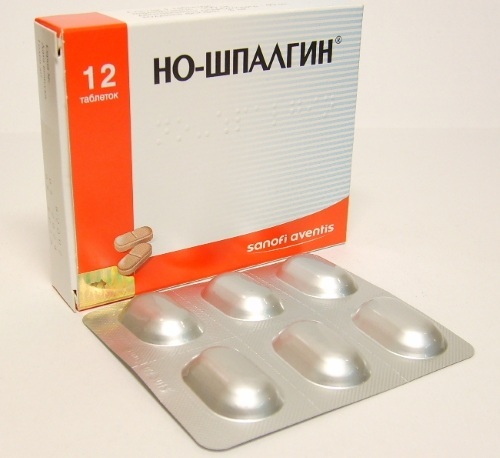
An auxiliary function is performed by the following chemical components, which enhance the therapeutic properties of codeine, paracetamol and drotaverine, as well as form a protective film of tablets:
- magnesium stearate;
- dye E172, which has a rich yellow color, and is obtained from iron oxide;
- starch with the addition of gelatin;
- ascorbic acid;
- povidone;
- corn starch.
In order to prevent No-shpalgin tablets from losing their original form, created by the manufacturer, talc and magnesium stearate are added to the composition of this drug. The combined formula of this medication allows you to achieve the fastest possible therapeutic result without harming the patient's body.
All components of No-shpalgin are completely safe, do not possess toxic and carcinogenic properties, and also do not contain harmful chemical impurities.
Pharmacological properties
No-shpalgin (indications for the use of this drug should be determined by the attending physician) is a potent drug for symptomatic therapy, which possesses the following pharmacological properties:
- helps to reduce fever, which is in demand for patients with signs of increased body temperature;
- has a pronounced analgesic effect, suppressing pain syndrome of moderate intensity;
- eliminates the signs of smooth muscle spasm, providing relaxation of the muscles of internal organs, vascular tissue and the musculoskeletal system;
- suppresses the functions of the centers of the brain responsible for the transmission of pain impulses.
An indirect property of No-shpalgin is a decrease in blood pressure indicators, which is achieved due to the antispasmodic effect of drotaverine hydrochloride.
Patients with a strong cardiovascular system, who are not prone to hypotension, practically do not feel the pharmacological effect of this substance. Patients who suffer from arterial hypotension should take into account this feature of No-shpalgin.
Pharmacodynamics and pharmacokinetics
Pharmacodynamics of No-shpalgin is characterized by the combined action of 3 constituent components simultaneously, each of which has a direct effect on the functions of the human body.
After the tablet of this drug enters half of the gastrointestinal tract, its protective shell dissolves with a further release of paracetamol, caffeine and drotaverine hydrochloride.
The main analgesic and antipyretic effect of the drug is realized due to the fact that paracetamol inhibits the physiological process of prostaglandin synthesis. These are biochemical substances of the human body that are directly involved in the transmission of pain impulses through the nerve endings of the peripheral nervous system to the centers of the brain.
The antispasmodic effect of No-shpalgin tablets is achieved due to the pharmacodynamic properties of drotaverine. This component is a derivative of the substance isoquinoline, which relaxes the muscle fibers of smooth muscles. At the same time, drotaverine does not affect the level of innervation of the autonomic system.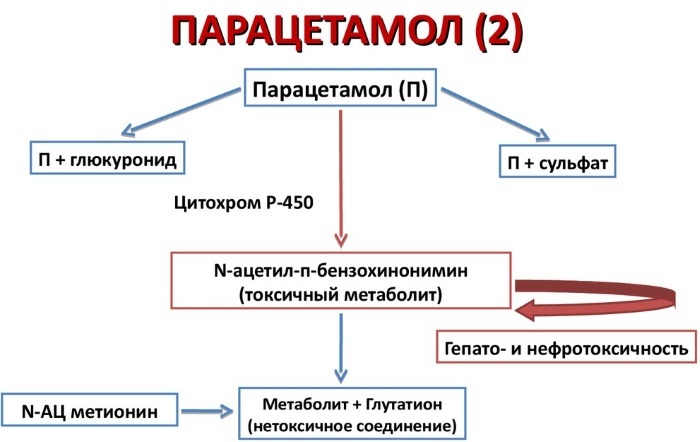
Peripheral nerve endings continue to perform their previous functions, and relaxation of the muscular system is achieved by inhibiting the enzyme phosodiesterase 4. With the half-life and elimination of drotaverine hydrochloride from the body, the patient's smooth muscle functions are completely restored.
Pharmacodynamics of codeine has a complex effect. It is a chemical that has antitussive and analgesic effects. Codeine enhances the excitation of the centers of the brain in which the opioid receptors are located.
The result of the pharmacodynamic activity of this substance is the termination of the physiological process of transmission of pain impulses. Against the background of the action of codeine, there is an increase in the analgesic properties of paracetamol, and also completely suppresses the excitability of the pain centers of the brain.
The pharmacokinetics of No-shpalgin is distinguished by the gradual release of all active substances of this medication. Absorption of paracetamol is carried out in the lumen of the small intestine. The maximum concentration of this component in the blood plasma is observed after 30-90 minutes, from the moment of taking 1 tablet.
Paracetamol weakly binds to red blood cells and plasma proteins, and the distribution of the chemical is uniform and gradual. Paracetamol metabolism occurs in the liver tissues, and the resulting chemical decomposition products are excreted from the body by the kidneys in the urine.
Codeine is also rapidly absorbed in the human gastrointestinal tract, and its maximum concentration in the blood is reached 1 hour after the start of therapy with No-shpalgin. The pharmacokinetic feature of this substance is the ability to accumulate in the tissues of the liver, kidneys, lungs and musculature of the musculoskeletal system.
Codeine is able to cross the placental barrier and saturate breast milk in women who are lactating a newborn baby. The metabolism of this substance is realized by the liver tissues. The result of the breakdown of codeine is the formation of new chemical compounds in the form of morphine and norcodeine. About 86% of the metabolites of this component are excreted by the kidneys within 24 hours.
Drotaverine hydrochloride has the fastest absorption among all other substances of the No-shpalgin drug. The maximum concentration of this substance in the blood plasma is reached after 45 - 60 minutes after taking 1 dose of the medication. Drotaverine, which enters the general bloodstream, binds to plasma proteins by 95-98%.
The chemical half-life of this component is 2.5 hours, and the biological excretion of the formed metabolites lasts from 8 to 10 hours. The splitting of drotaverine hydrochloride is carried out in the tissues of the liver.
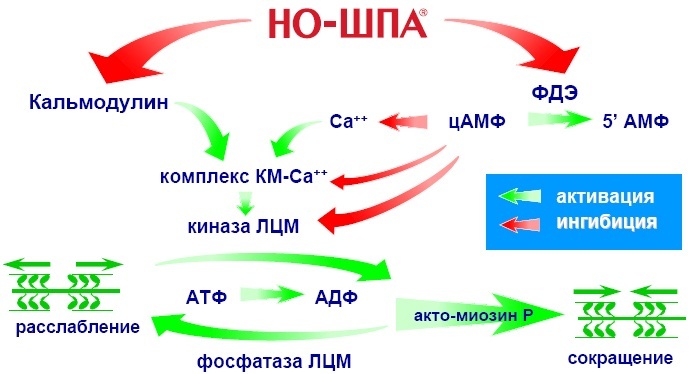 About 50% of metabolites are utilized in the urine, and another 30% together with feces. Drotaverine has a high biological activity and is able to penetrate the placental barrier, as well as saturate the composition of breast milk.
About 50% of metabolites are utilized in the urine, and another 30% together with feces. Drotaverine has a high biological activity and is able to penetrate the placental barrier, as well as saturate the composition of breast milk.
Indications for use
No-shpalgin, the indications for the use of which are displayed in the instructions of the drug, is used to relieve attacks of strong headache, migraine resulting from a sharp spasm of the walls of blood vessels, stress, mental or physical overwork.
It is advisable to use the medication in relation to patients who need to obtain an analgesic effect and relieve spasm of smooth muscles. The appointment of No-shpalgin can be carried out by a general practitioner or a neuropathologist after a preliminary examination of the patient.
Contraindications
No-shpalgin is categorically contraindicated for use in relation to patients of all age categories in the presence of the following circumstances:
- individual intolerance to one or several components at once that make up the drug;
- severe form of heart failure;
- pathological condition of the respiratory system, causing chronic hypoxia;
- recent traumatic brain injury;
- long-term therapy with MAO inhibitors;
- bronchial asthma in a state of exacerbation;
- increased intracranial pressure;
- parallel intake of medications, which already contain paracetamol;
- the presence of a headache that was caused by taking medications with an analgesic effect, as well as those produced on the basis of ergotamine;
- drug addiction or chronic alcoholism;
- severe blood diseases associated with a violation of its cellular balance (leukopenia, thrombocytopenia, as well as agranulocytosis);

- a tendency to suppress the centers of the brain responsible for the implementation of the act of breathing (codeine, which is part of the composition of the drug No-shpalgin, will aggravate this reaction of the body, which will negatively affect the functions of the organs breathing);
- the presence of Gilbert's syndrome;
- dyspepsia of a toxic type;
- diarrhea caused by penicillins, cephalosporins or lincosamides (No-shpalgin is also contraindicated if this symptomatology is combined with pseudomembranous colitis);
- the state of pregnancy, regardless of the period of development of the fetus;
- feeding a newborn baby with mother's milk;
- under 6 years of age.
No-shpalgin (indications for the use of the medication are described in detail in the manufacturer's instructions) with extreme caution are prescribed to elderly patients who are over 65 years old.
In patients with arterial hypotension, there may be signs of an exacerbation of this disease. No-shpalgin is not recommended for patients with impaired functional activity of liver and kidney tissues, as well as undergoing anticoagulant therapy.
At what age can the drug be used?
The analgesic and antispasmodic drug No-shpalgin is approved for admission to patients who have reached 6 years of age, or are older. The safety of this drug in younger patients is unknown.
Instructions for use, dosage
The procedure for taking and dosage of No-shpalgin depends on the patient's age and the current symptoms, which must be eliminated to stabilize the patient's well-being.
Pills
Adult patients and children over 12 years old should take 1-2 tablets every 8 hours. For a child from 6 to 12 years old, the optimal dosage is 0.5-1 tablet, they should be drunk every 10-12 hours.
Elderly patients who do not have signs of functional impairment of the kidneys and liver receive the standard adult dosage. The maximum duration of the therapeutic course with the pain-relieving drug No-shpalgin in the form of tablets is no more than 3 days.
Injections
No-shpalgin is not available in the form of an injection solution.
Side effects
Subject to the therapeutic doses, which are enshrined in the instructions for use of the drug, the occurrence of negative reactions of the body is unlikely.
Despite this, the development of the following side effects cannot be ruled out:
- nausea;
- constipation;
- vomit;
- heart palpitations;
- bronchial spasm;
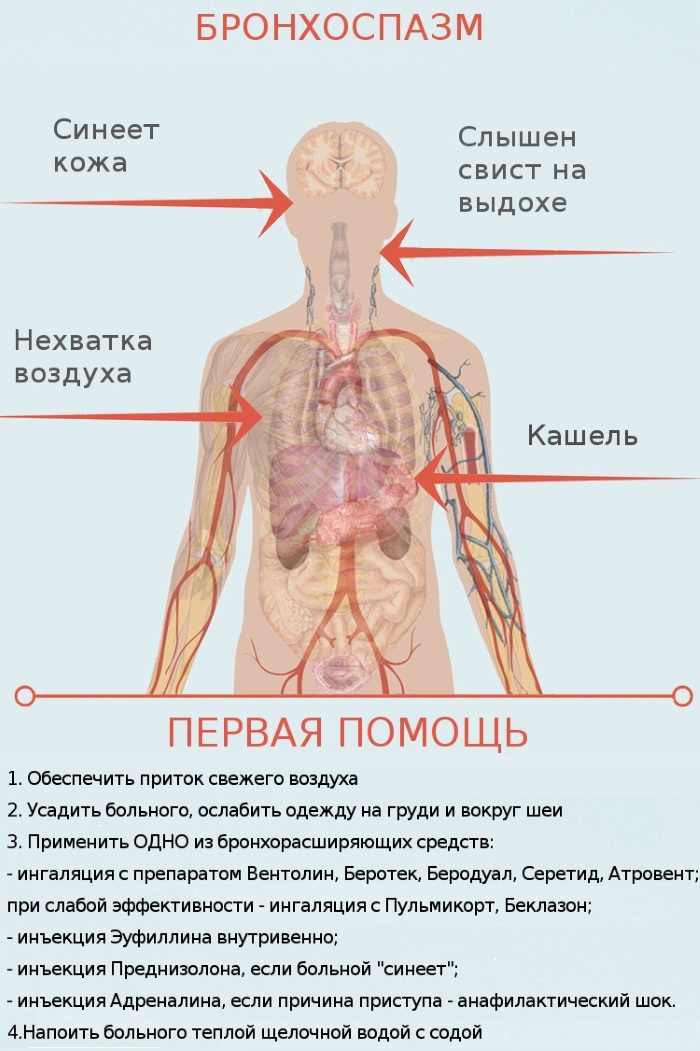
First aid for symptoms of bronchospasm - various kinds of allergic reactions;
- violation of the process of hematopoiesis;
- drowsiness;
- increased headache;
- general breakdown;
- decreased functional activity of the kidneys;
- dizziness;
- inflammation of the tissues of the pancreas;
- lowering blood pressure;
- toxic destruction of liver tissue with their further necrosis.
The manifestation of the above side effects requires immediate discontinuation of No-shpalgin, as well as additional advice from the attending physician.
Overdose
No-shpalgin (indications for the use of the medication are associated with the need to achieve an analgesic effect) is a drug whose overdose accompanied by the following symptoms:
- nausea;
- discharge of vomit;
- oppression of the act of breathing (complete dysfunction of the lungs is not excluded);
- cramps of the lower extremities;
- hypothermia;
- heart rhythm disturbance;
- decrease in blood pressure indicators;
- unstable psychoemotional state, irritability and increased excitability of the nervous system;
- coma;
- violation of general and cerebral circulation;
- the release of cold sweats;
- destruction of liver tissue, which manifests itself as the accumulation of toxic metabolites of the drug;
- physical weakness and decreased performance;
- dizziness;
- poor coordination of movements;
- heart failure.

Patients with signs of overdose by No-shpalgin are hospitalized in the inpatient department of the hospital. Rehabilitation therapy is aimed at gastric lavage, as well as the intake of laxatives on a salt basis by patients.
In case of cardiac arrest or inhibition of the centers of the brain responsible for performing the act of breathing, artificial ventilation of the lungs is used, as well as other resuscitation actions. After the restoration of all body functions, the patient is transferred to the general therapy ward.
special instructions
The drug No-shpalgin can be used for more than 3 days only under the supervision of the attending physician. In this case, it is necessary to carry out daily monitoring of the level of leukocytes and blood platelets.
In order to quickly stop an attack of acute pain, the drug must be taken on an empty stomach, or 2 hours after eating. During therapy with No-shpalgin, the use of alcoholic beverages and drugs is prohibited.
Taking the drug for more than 3 days can provoke the development of codeine addiction. If signs of dizziness, physical weakness, drowsiness appear, you should refrain from driving vehicles, as well as performing work with increased danger.
Drug interactions
Simultaneous reception of No-shpalgin with the following types of drugs leads to the following drug interactions:
-
Chloramphenicol - the toxicity of this medication increases;
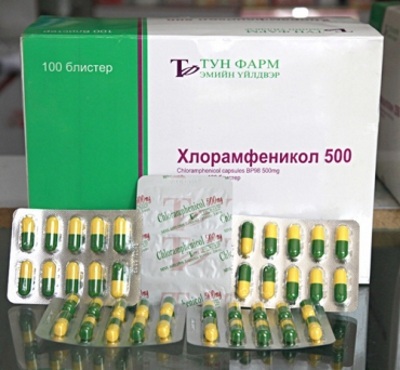
- Doxorubicin - the risk of toxic liver damage increases;
- Metoclopramide - increased intestinal absorption of paracetamol;
- indirect anticoagulants - the likelihood of bleeding increases;
- Cyclizine - the hemodynamic properties of codeine are neutralized;
- Domperidone - opioids formed during the breakdown of codeine neutralize the properties of this drug.
Taking No-shpalgin tablets and drinking alcoholic beverages leads to an increase in the intoxicating effect of ethyl alcohol and suppression of the functions of the central nervous system. During concurrent therapy with iron preparations, there is an increase in the absorption of ions of this mineral.
Analogs
The table below lists the main drugs that have identical properties, and are also analogues of No-shpalgin.
| Name of the medication | Price |
| Paracetamol | RUB 100 |
| Combispasm | RUB 290 |
| Solpadein | RUB 180 |
| No-shpa | RUB 115 |
| Drotaverine hydrochloride | RUB 75 |
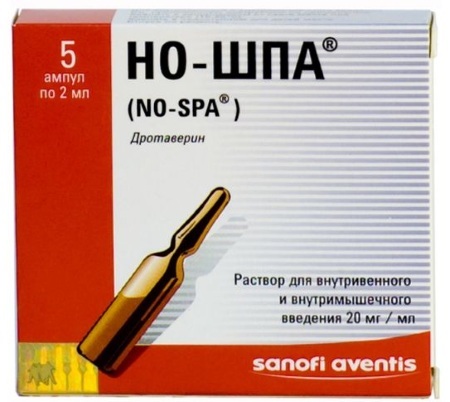
The appointment of the above analogue drugs should be carried out only by the attending physician-therapist.
Terms, conditions of sale and storage
To purchase No-shpalgin, you will need to present a doctor's prescription. Storage of the medication should be carried out at a temperature not higher than +30 degrees out of the reach of children. The general shelf life of this analgesic is 3 years, after which further pills are contraindicated.
Price
The average cost of the drug No-shpalgin is 165 rubles. for 1 package.
No-shpalgin is a medicinal product with a combined pharmacological formula, which is indicated for use in adult patients and children from 6 years of age. This medication is used for the purpose of symptomatic therapy in order to quickly eliminate an attack of headache of various origins.
No-shpalgin simultaneously has an analgesic and antispasmodic effect, which is achieved due to the presence of constituent components in the form of paracetamol, drotaverine hydrochloride and codeine. Taking this drug is possible only as prescribed by a doctor and with a therapeutic course of no more than 3 days.
Video about the analogue of No-shpalgin
No-Shpa - for pain with spasms:



